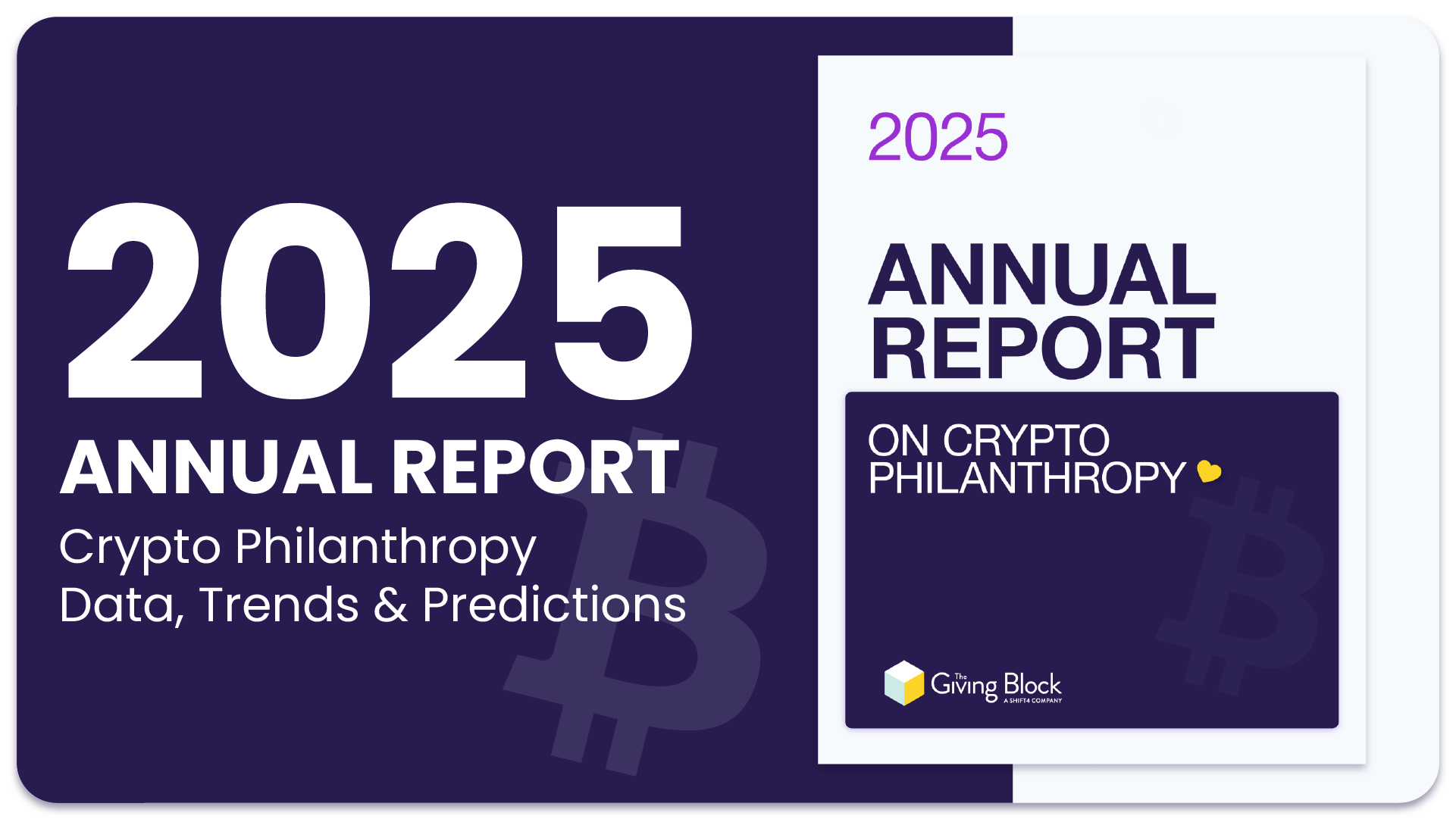Have you ever asked your manager to approve an expense, only to be told that “it’s not the right time?”
Between staff salaries, program costs and fundraising expenses, budgeting for nonprofits is a delicate balancing act.
And let’s face it, fundraisers are great at transforming vague donor commitments into secured gifts. But it’s easy to underestimate what it takes to be effective advocates for must-have professional resources.
Use this guide to help you identify your most pressing needs and become a champion for essential fundraising expenses, whether you’re talking to your manager, department director, or organizational leadership.
How to Be a Champion for Fundraising Expenses That Drive Growth
Follow These 7 Steps:
- Understand When Your Nonprofit’s Budget Is Set
- Conduct a Development Audit
- Narrow Down Your Specific Needs
- Research Solutions
- Solidify Your Case
- Share Your Proposal
- Include Expense in Your Team’s Budget
- Sample Fundraising Expense: Accepting Non-Cash Charitable Donations
You want to enroll in a course on major giving or replace an outdated donor CRM? You’ll have to do your research and make an airtight case for how it impacts the bottom line.
Let’s break down the different steps you’ll take to secure organizational support for your biggest needs.
1. Understand When Your Nonprofit’s Budget Is Set
Most nonprofits set budgets annually. If your organization operates on a calendar year timeline, your next annual budget will be set toward the end of the current year.
However, your nonprofit’s fiscal year may begin in June, July, or another month. If that’s the case, find out when your next annual budget will be set.
From there, work backwards to determine when you will need to:
- Conduct and complete your research
- Present your findings and recommendations
- Submit expense items for your team’s budget
Take action: Ask your supervisor for a timeline of when budgets are drafted, submitted for approval, and finalized.
2. Conduct a Development Audit
When budgeting for growth, philanthropic journalist Holly Hall suggests starting “with an assessment of the existing fundraising operation, an exercise known as a development audit.”
This task can be done by an outside consulting firm, which will make recommendations based on measurements such as the efficacy of your current resources and tools, and the difference between the giving potential of your donor base and your actual annual revenue.
Or, you can conduct your own version of an audit. Spend time in your donor database to figure out what needs fixing. For example, you might notice:
- Low giving volume from a particular age group
- Dwindling contributions from major gift donors
- Increasing costs-per-dollar-donated
Take action: Review key fundraising KPIs and identify 3-5 specific metrics that you wish to improve in the coming year(s).
3. Narrow Down Your Specific Needs
Once your audit is complete, you’ll need to decide which of these fundraising growth opportunities is most critical to your organization’s success.
Or, you may want to focus on multiple areas of improvement. For instance, one might have “short-term win” potential while another might address a long-term strategic roadblock.
From here on, your goal is to transform your problems into solutions. Before doing anything else, define your goal in terms that your team can understand:
- What is the problem that needs to be addressed?
- What do you see as the underlying problem?
- What are the outcomes you hope to achieve?
For example, you may want your fundraising team to boost first-time donors by 20% next year to make up for a declining donor acquisition rate, which may have been attributed to a reduced advertising budget.
Take action: Write down at least one specific, measurable fundraising goal.
4. Research Solutions
Once your priority has been identified, it’s time to research potential solutions.
Not sure where to start? Take advantage of the countless free search tools at your fingertips (from Google to ChatGPT) as well as valuable nonprofit resources found on Candid, AFP and The Chronicle of Philanthropy.
As you discover possible ways to solve your problem, keep detailed notes:
- What free and paid solutions already exist?
- How can these solutions help you accomplish your goal?
- What one-time and/or recurring costs are involved?
Take action: Weigh the pros and cons of the competing solutions you’ve found, and select the best one for your organization’s needs.
5. Solidify Your Case
You’re almost there! By now you’ve chosen a problem, set a goal and found the ideal product or service to invest in.
Next, it’s time to get your manager or department director to approve the expense. For that, you’re going to craft a perfect pitch that can speak to the following questions:
- Why do we need this particular resource?
- Does this offer a short-term or long-term benefit?
- What is the potential return on investment?
Take action: Create a one-page pitch or slide deck with all the key benefits of the fundraising expense.
6. Share Your Proposal
With plenty of time until you officially begin to budget for next year, schedule a meeting to discuss your findings. Be prepared to deliver your pitch and field questions.
Even if your proposal is met with enthusiasm, it doesn’t guarantee your funding is secure. To make your case more convincing,
- Identify the team member (possibly yourself) who will use this tool most often
- Walk through how you would use this resource over the course of one or more years
- Provide additional information that can help your supervisor deliver your pitch to your organization’s leadership (if required)
Take action: After your pitch, be sure to share key points, links, and documents.
7. Include Expense in Your Team’s Budget
When your department is asked to submit its annual budget, reaffirm your supervisor’s support for your new fundraising expense(s).
- Remind them of the greater goal you expect to accomplish
- Share additional resources about your proposal
- Provide specific dollar costs for each item
If you’ve followed all the steps above, you have made it abundantly clear that this expense is necessary to achieve one or more specific fundraising targets. Well done!
Take action: Include the fundraising expense(s) in your team’s budget for next year.
Sample Fundraising Expense: Accepting Non-Cash Charitable Donations
Of course, we’re using a sample fundraising expense that we know well: a platform that enables nonprofits to accept non-cash donations like cryptocurrency and stocks.
Here’s a hypothetical scenario following the 7 steps outline above:
- In your first year working at a nonprofit, you learn that the organization’s fiscal year begins in January.
- In July, you conduct a development audit and identify several areas for improvement.
- In August, after careful consideration, you decide that what’s most critical is increasing the number of major gifts received.
- In September, you research ways to increase major gifts. Along the way, you learn that donors can lower their taxes by donating popular investment assets like crypto and stocks directly to charity. You also find out that the average donation size for these assets is $5,000-6,000. Then, you learn that The Giving Block allows nonprofits to fundraise crypto and stocks, and makes giving them as easy as donating with a credit card.
- In October, you schedule a demo of The Giving Block and ask questions about the scope of the product and fundraising support offered. You decide that this solution can boost donation volume in the short-term and create major gift-level donation opportunities for years to come.
- In November, you present your findings to your supervisor or the individual that oversees your department’s budget. You explain how The Giving Block can help your team unlock large donations from current donors in your CRM and acquire new donors. You share pricing information, key benefits, and provide a 90-day action plan for when you get up and running with this new resource. They express support for your plan.
- In December, you reconfirm your manager’s support as your organization and itemize your expenses in the team’s budget.
As the new year approaches, you would have the “green light” to sign up with The Giving Block and begin outreach to donors about these new ways to give.
This timeline and scenario can be applied to any solution you’re advocating for, whether that’s a new CRM, a course that can advance your donor stewardship skills, email marketing software, or any other type of resource.
The Bottom Line: Driving Growth With New Fundraising Tools
Do you see an opportunity to increase your organization’s donation revenue? The best plan of action is to give yourself time to prioritize needs, pick a goal, research solutions and convince your leadership of its specific benefits.
When budgeting time comes around, you’ll have colleagues and managers who can support your proposal and help you advocate for these necessary—even game-changing—fundraising tools and resources.



















